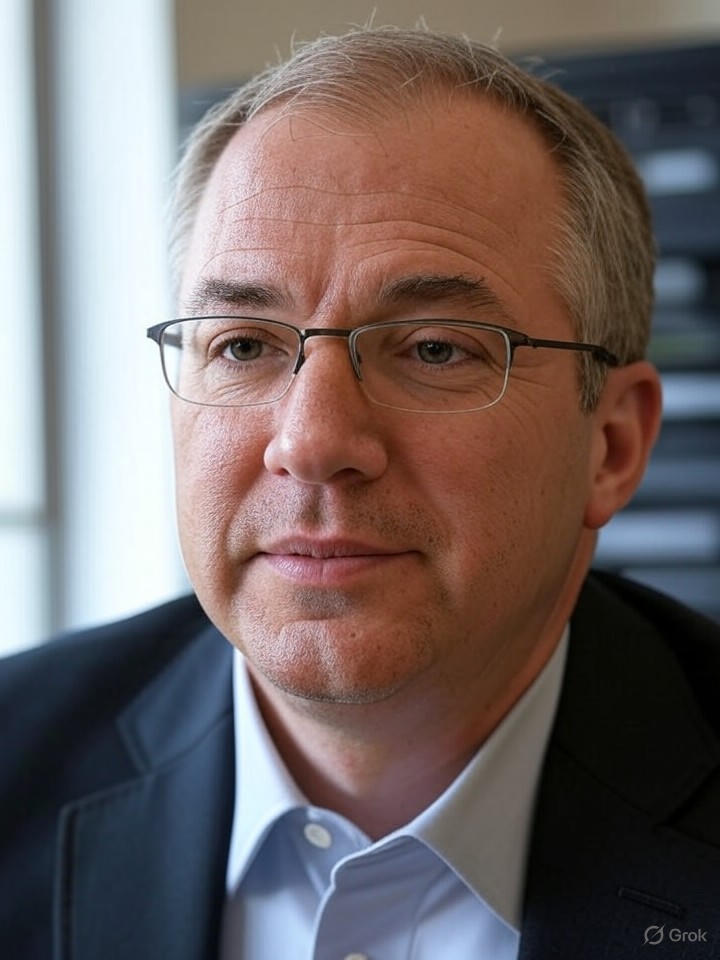In a significant shake-up at Tesla Inc., Pete Bannon, the longtime vice president overseeing hardware design engineering, is departing the company after nearly a decade. Bannon, who joined Tesla from Apple in 2016, played a pivotal role in developing the company’s in-house chip technology and leading the ambitious Dojo supercomputer project. His exit comes amid reports that Tesla is winding down the Dojo initiative, redirecting resources toward partnerships with external chipmakers like Nvidia Corp., Advanced Micro Devices Inc., and Samsung Electronics Co.
The move signals a strategic pivot for Tesla under Chief Executive Elon Musk, who has long positioned the company as an AI and robotics leader beyond its electric vehicle roots. According to a report from CNBC, Bannon’s departure was confirmed this week, with sources indicating that Musk has ordered the shutdown of the Dojo team, reassigning remaining engineers to other projects. This development follows years of hype around Dojo, which was designed to process massive datasets from Tesla’s fleet for training autonomous driving AI models.
The Origins and Ambitions of Dojo
Dojo emerged as Tesla’s custom-built supercomputer in the early 2020s, aimed at handling the enormous computational demands of full self-driving technology. Bannon, a chip design veteran with experience from PA Semi and Apple, was instrumental in its architecture. As detailed in posts on X (formerly Twitter), including updates from industry observers, Dojo’s D1 chips were produced using advanced 7nm processes by Taiwan Semiconductor Manufacturing Co., with plans to scale orders significantly by 2025.
However, challenges mounted. Bloomberg News reported on August 7, 2025, that Musk directed the team’s dissolution, citing people familiar with the matter. The supercomputer, once touted as a game-changer with over a million CPUs in its exa-pod configuration, relied on innovative data movement over local storage. Yet, internal hurdles, including high costs and delays, appear to have prompted the shift. Reuters echoed this, noting the reassignment of workers amid Tesla’s broader AI strategy evolution.
Strategic Shift to External Partnerships
Tesla’s decision to lean on Nvidia, AMD, and Samsung for chip needs reflects a pragmatic turn. Cryptopolitan highlighted in its coverage that this outsourcing could accelerate AI development by tapping established expertise, avoiding the pitfalls of in-house fabrication. About 20 former Dojo staffers have reportedly joined a new venture called DensityAI, per posts on X from users tracking Tesla’s moves, suggesting a talent diaspora that could influence the broader AI sector.
Musk’s vision for Tesla as an AI powerhouse remains intact, but the Dojo wind-down raises questions about execution. In a Benzinga article dated August 8, 2025, analysts noted that abandoning internal chip efforts might free up capital for other priorities, like the delayed Robotaxi project. This comes after Musk’s efforts since early 2024 to convince investors of Tesla’s AI potential, with Dojo positioned as a cornerstone.
Industry Reactions and Broader Implications
Reactions on X have been mixed, with some users lamenting the loss of Bannon’s expertise—praised in older posts for his leadership since taking over Dojo in 2023 after Ganesh Venkataramanan’s exit. Others see it as a savvy pivot, aligning with Musk’s recent emphasis on scalable compute via partnerships. AIC’s coverage emphasized that Dojo’s data-processing capabilities were meant to leverage Tesla’s vast video feeds from vehicles, a unique asset now potentially integrated with off-the-shelf hardware.
For industry insiders, this underscores the volatility of AI hardware development. Tesla’s stock dipped slightly following the news, as reported by BizToc, amid concerns over innovation timelines. Yet, Musk’s track record suggests adaptability; the company has previously outsourced components while maintaining core IP.
Looking Ahead: Tesla’s AI Trajectory
As Tesla reorients, Bannon’s departure—detailed in a Report.az piece—marks the end of an era for its silicon ambitions. Patents related to Dojo, such as those for cooled system-on-wafer tech published in 2024 and shared on X, highlight innovations that may live on through licensing or external adoption.
Ultimately, this restructuring could streamline Tesla’s path to AI dominance, focusing on software prowess over hardware reinvention. With Musk at the helm, the company’s next moves will be closely watched, potentially reshaping how automakers approach autonomous tech in an increasingly competitive field.




 WebProNews is an iEntry Publication
WebProNews is an iEntry Publication